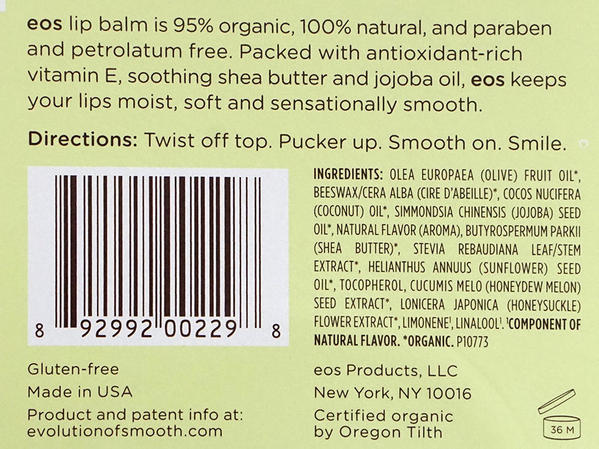From lip balm and shampoo to moisturizers and eye shadow, cosmetics are overseen by the Food & Drug Administration (FDA). Even though these products go on our lips and skin, the FDA provides a lot less oversight than you might expect. In fact, most of the time the government does not get involved until there is a problem. Here’s what you need to know.
What are “cosmetics”?
The government defines “cosmetics” based on how the product is meant to be used. Cosmetics are meant to be rubbed, poured, sprinkled, sprayed on or otherwise applied to the human body. Cosmetics are used to cleanse, beautify or change how a person looks.
Skin moisturizers, perfumes, makeup, nail polish, shampoo, deodorants and hair colors are cosmetics. Soap is not.
Does the FDA approve cosmetics before they go to market?
Generally speaking, no. Most cosmetic products and ingredients do not need FDA approval. The exception is products that contain color additives or certain other ingredients.
What are the laws about cosmetics safety?
The main requirements are:
- The product must be properly labeled.
- The ingredients and finished cosmetic must be “safe” to use. Safe means based on the labeled or customary way the product is used.
- The product cannot be adulterated. Adulterated means the product or its container contains something harmful, filthy or putrid. Or the product was made in insanitary conditions.
- The product cannot be misbranded. Misbranding means the label is false, misleading or does not include all required information in the proper manner.
Do the food allergen labeling laws apply to cosmetics?
No. The Food Allergen Labeling and Consumer Protection Act (FALCPA) only applies to food products regulated by the FDA. Even if they have food ingredients, cosmetics are not food products.
Cosmetics manufacturers do not have to list common food allergens in plain English. The package does not have to clearly state that the product contains a food allergen. The package does not have to provide a warning that the product may be cross-contaminated by a common food allergen.
It is important to read every label, every time. Use our label reading guides to help you find hidden allergens in your products. Small travel-size cards are also available to print.
Do manufacturers have to test their products for safety?
No. Those who make or market cosmetics are legally responsible for ensuring product safety. But the laws and regulations do not say that specific tests must be done to prove this safety. Plus, the law does not require companies to share their safety information with the FDA.
When does the FDA get involved?
Most products do not require any preapproval from the FDA. The FDA usually does not get involved until there is a problem.
EOS Lip Balm is a great example of how the FDA’s process works:
EOS Lip Balm® is available in a variety of fruit flavors. The front of the product package states that it contains shea butter and jojoba oil. The back of the package has a long list of food-related ingredients. This includes seed oils, leaf extracts, fruit extracts and more, as well as the shea butter. Shea butter comes from the nuts of the shea tree. The package does not state that this is a tree nut product.

Between August 6, 2014 and January of this year, the FDA received 58 reports of allergic reactions caused by EOS Lip Balm. Most people have reported “rashes around the mouth as well as blistering and cracking of the lips.” Thankfully, the symptoms usually go away when the person stops using the product.
The FDA contacted EOS and inspected the manufacturing facility where the lip balm is made. They found some issues related to manufacturing practices. But these did not explain the allergic reactions.
The FDA states that they do not have enough information to determine what is causing these allergic reactions. The ingredients are both legal and listed on the package.
Since the product did not appear to be in violation of the law, the FDA has not taken any further action.
One woman sued the company over the problems she claims were caused by the lip balm. The lawsuit was settled. According to a report about the settlement, EOS will add additional labeling to its products.
What should you do if you react to a cosmetic product?
First, stop using the product. Next, contact your doctor for medical advice. After that, report the problem to the FDA. There are two ways to do this:
- Contact FDA’s MedWatch reporting system, either online or by phone at 1-800-FDA-1088.
- Contact your nearest FDA district office consumer complaint coordinator.


Comments (5)